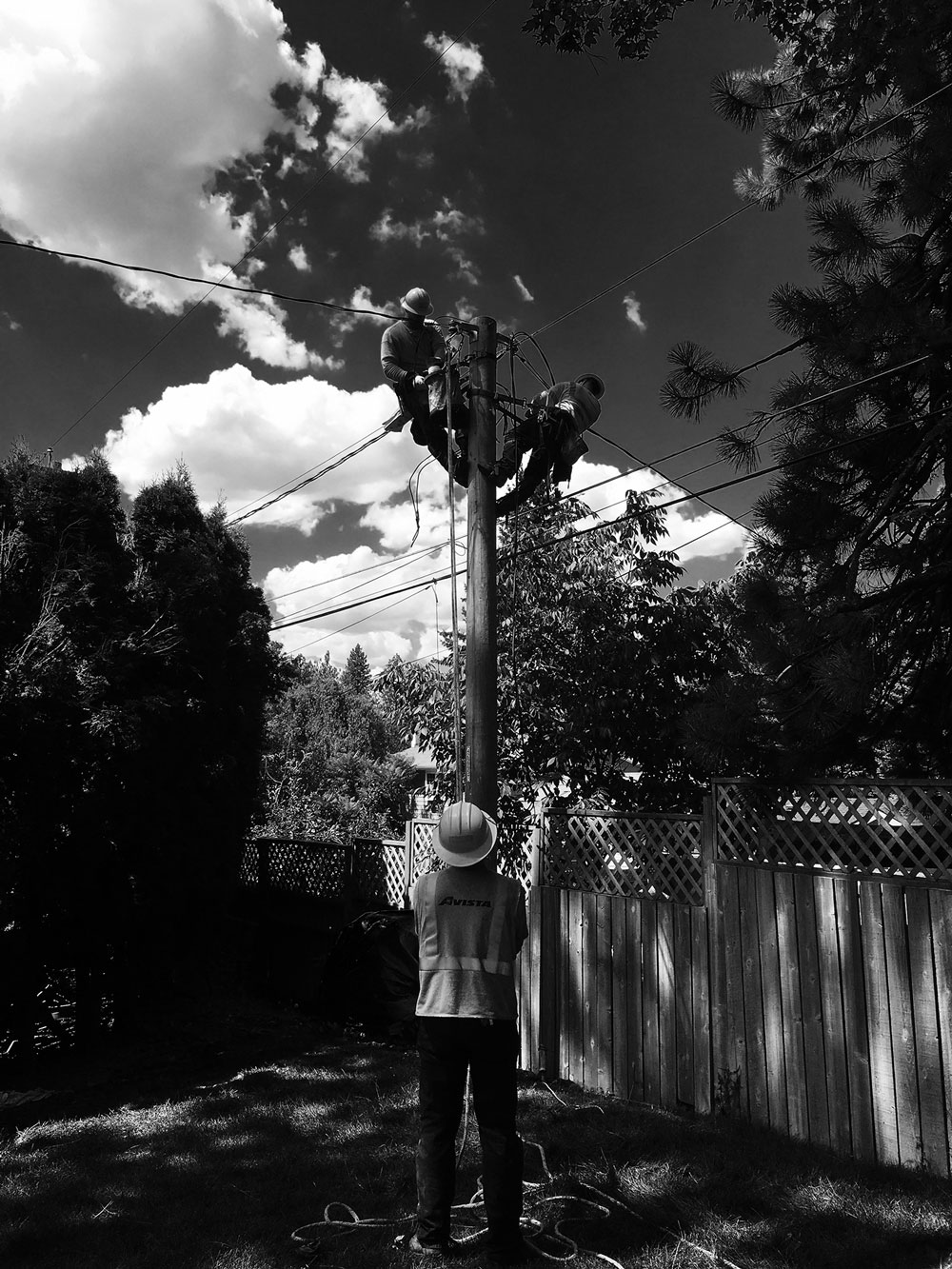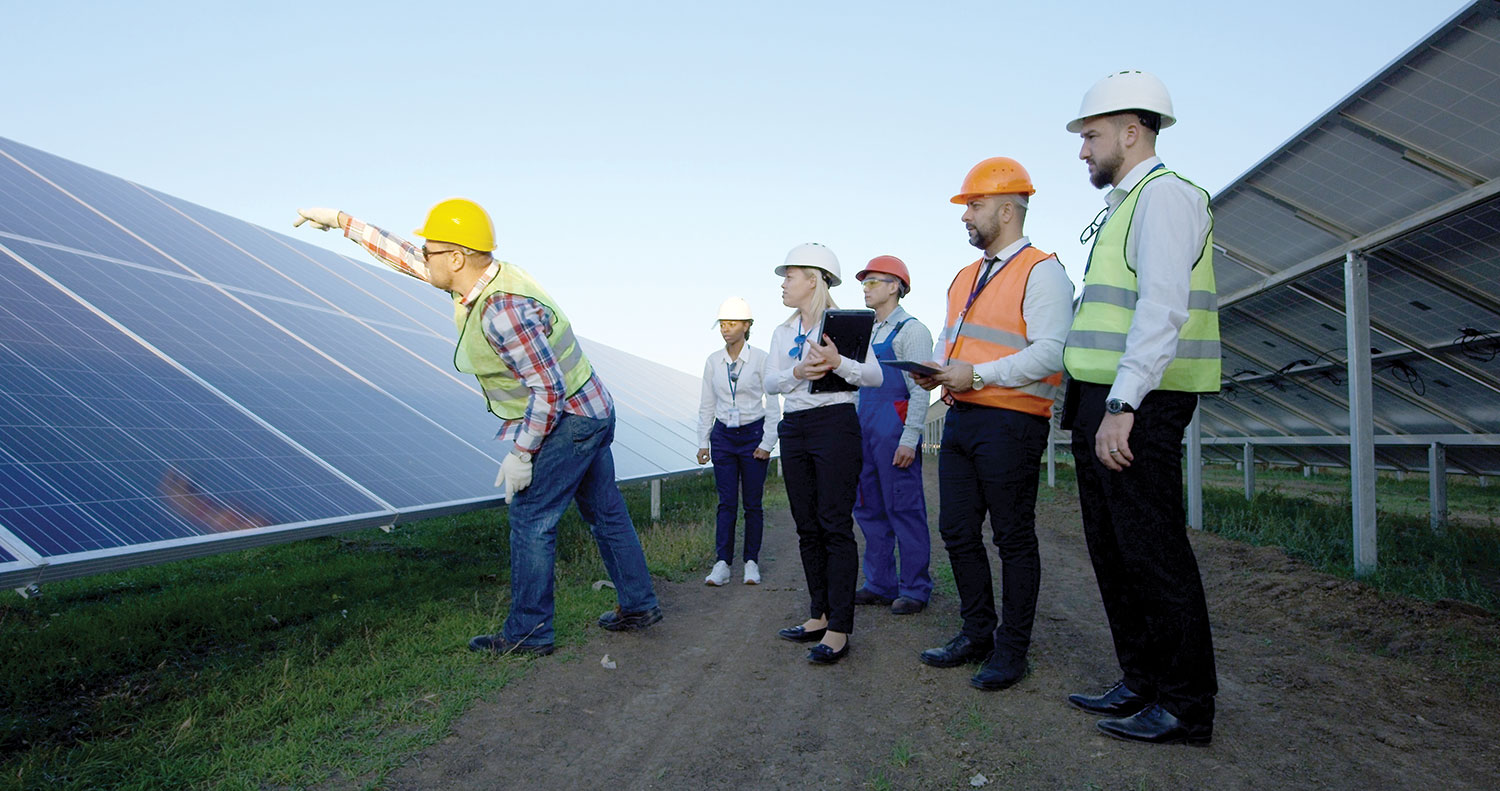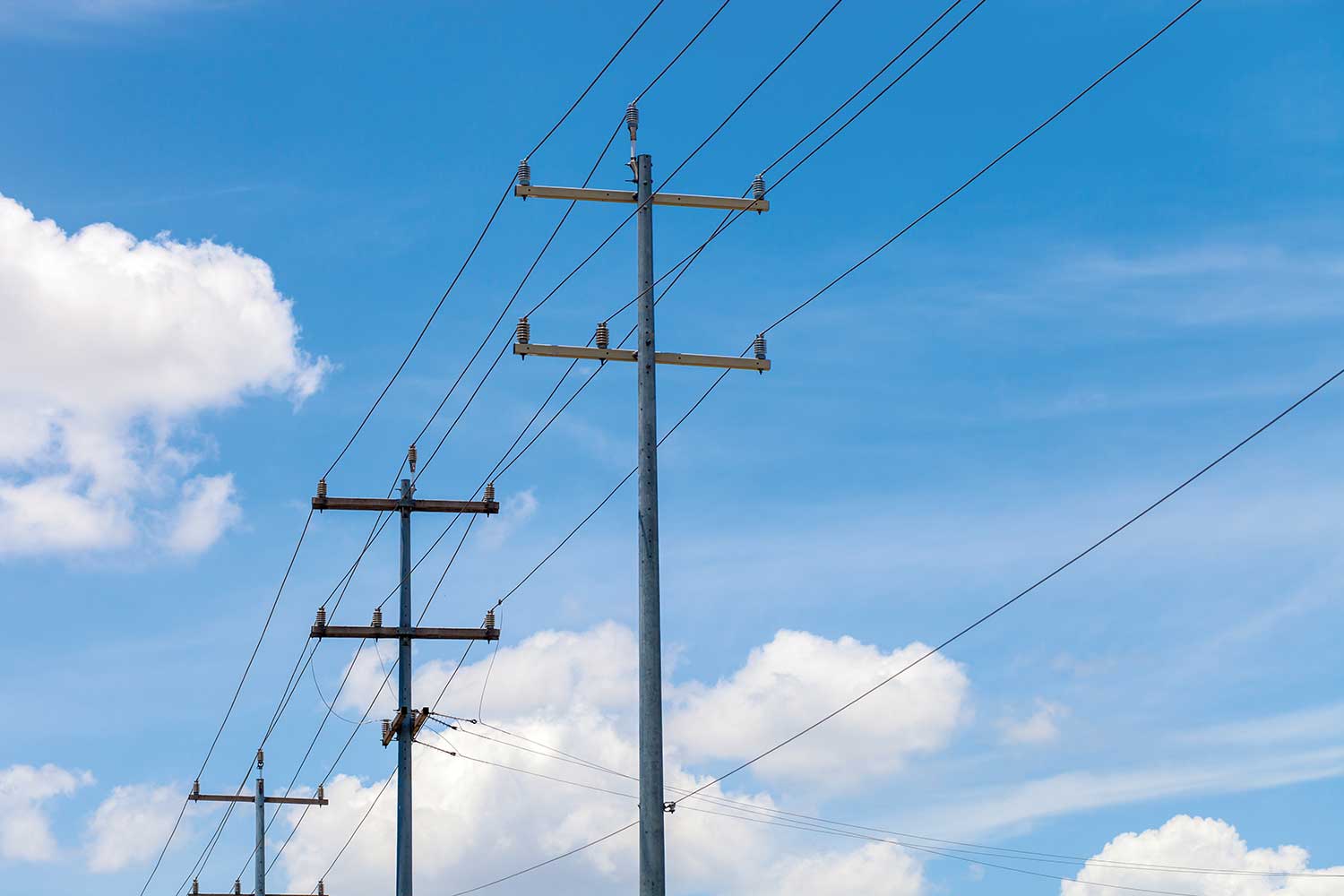The 2023 version of the NESC, edited by IEEE SA, became effective on February 1, 2023.
As the amount of electrical work on or near pools rises, so also does the risk of major safety hazards, including arc flash.
Revisions in the 2023 NESC are intended to provide clarity and ease of use, which ultimately point back to its purpose – safety.
IEEE SA offers the IEEE Distributed Energy Resources (DER) Standards Collection, featuring core IEEE standards that will be pivotal to the energy sector’s transformation using DERs.
With an invigorated national focus to upgrade, enhance, and construct broadband infrastructure to meet an insatiable consumer appetite, America’s telecommunication workers will play a vital, challenging, and inherently hazardous role.
We have continued to see Distributed Energy Resources (DER), such as wind, solar, battery storage, and electric vehicles (EVs), become a top priority over the years.
We have continued to see a big problem with stolen ground wires on many utility poles over the years. A utility poles’s grounding conductors [ground wires or “grounds”] contain copper --a highly conductive metal--, but also a highly valued metal in the marketplace.
Today, the many diverse stakeholders involved in the practical rollout of 5G technologies can rest assured that a concerted effort is underway to bring consistency to this complex undertaking.
The proper maintenance and inspection of a utility’s wood pole inventory has far-reaching consequences for system resiliency, as well as utility cost and liability.
That’s an informal way of stating that the clearances set forth in the National Electrical Safety Code® (NESC®) provide a basis for ensuring worker and public safety, as well as serving as a basis for settling legal and other types of disputes.













